Mathematics is the language of the universe: It is probable that every major scientific discovery has used mathematics in some form.
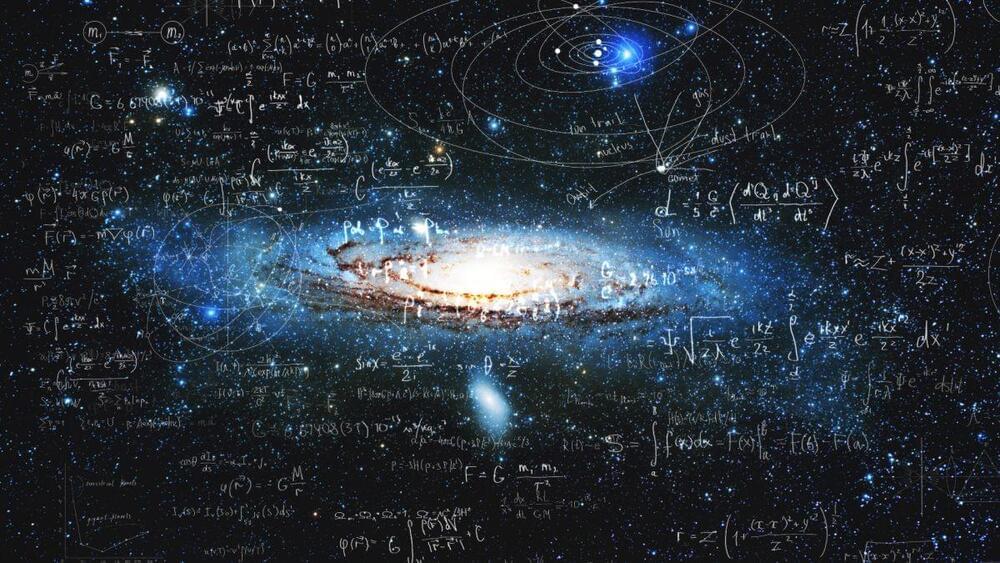


Santiago Ramón y Cajal, a Spanish physician from the turn of the 19th century, is considered by most to be the father of modern neuroscience. He stared down a microscope day and night for years, fascinated by chemically stained neurons he found in slices of human brain tissue. By hand, he painstakingly drew virtually every new type of neuron he came across using nothing more than pen and paper. As the Charles Darwin for the brain, he mapped every detail of the forest of neurons that make up the brain, calling them the “butterflies of the brain”. Today, 200 years later, Blue Brain has found a way to dispense with the human eye, pen and paper, and use only mathematics to automatically draw neurons in 3D as digital twins. Math can now be used to capture all the “butterflies of the brain”, which allows us to use computers to build any and all the billons of neurons that make up the brain. And that means we are getting closer to being able to build digital twins of brains.
These billions of neurons form trillions of synapses – where neurons communicate with each other. Such complexity needs comprehensive neuron models and accurately reconstructed detailed brain networks in order to replicate the healthy and disease states of the brain. Efforts to build such models and networks have historically been hampered by the lack of experimental data available. But now, scientists at the EPFL Blue Brain Project using algebraic topology, a field of Math, have created an algorithm that requires only a few examples to generate large numbers of unique cells. Using this algorithm – the Topological Neuronal Synthesis (TNS), they can efficiently synthesize millions of unique neuronal morphologies.
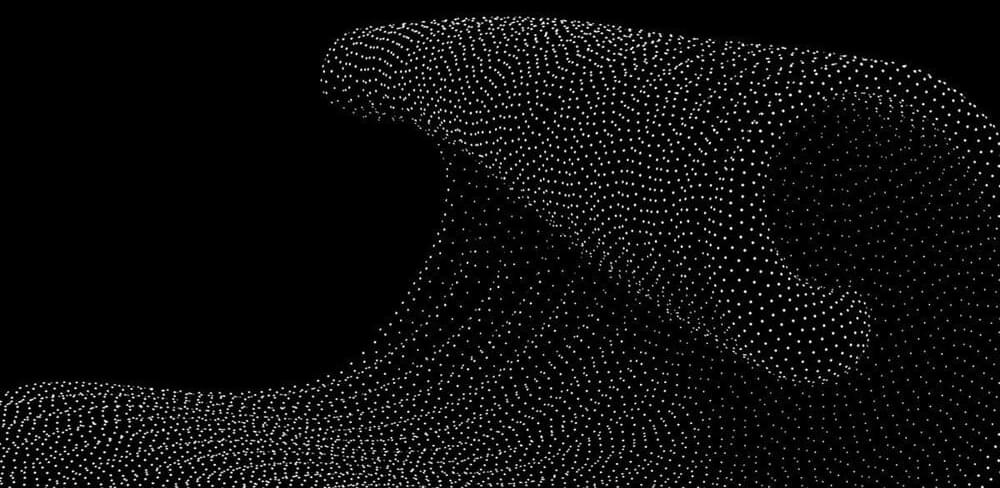
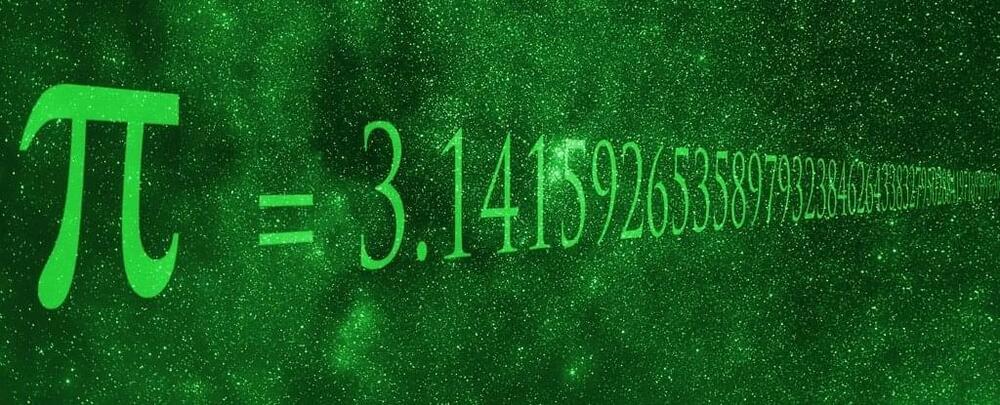
Circa 2021
Swiss researchers said Monday they had calculated the mathematical constant pi to a new world-record level of exactitude, hitting 62.8 trillion figures using a supercomputer.
“The calculation took 108 days and nine hours” using a supercomputer, the Graubuenden University of Applied Sciences said in a statement.
Its efforts were “almost twice as fast as the record Google set using its cloud in 2019, and 3.5 times as fast as the previous world record in 2020”, according to the university’s Center for Data Analytics, Visualization and Simulation.
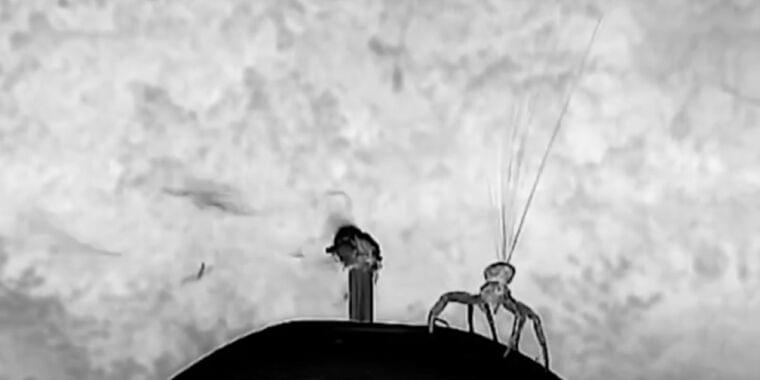
In 1,832, Charles Darwin witnessed hundreds of ballooning spiders landing on the HMS Beagle while some 60 miles offshore. Ballooning is a phenomenon that’s been known since at least the days of Aristotle—and immortalized in E.B. White’s children’s classic Charlotte’s Web—but scientists have only recently made progress in gaining a better understanding of its underlying physics.
Now, physicists have developed a new mathematical model incorporating all the various forces at play as well as the effects of multiple threads, according to a recent paper published in the journal Physical Review E. Authors M. Khalid Jawed (UCLA) and Charbel Habchi (Notre Dame University-Louaize) based their new model on a computer graphics algorithm used to model fur and hair in such blockbuster films as The Hobbit and Planet of the Apes. The work could one day contribute to the design of new types of ballooning sensors for explorations of the atmosphere.
There are competing hypotheses for how ballooning spiders are able to float off into the air. For instance, one proposal posits that, as the air warms with the rising sun, the silk threads the spiders emit to spin their “parachutes” catch the rising convection currents (the updraft) that are caused by thermal gradients. A second hypothesis holds that the threads have a static electric charge that interacts with the weak vertical electric field in the atmosphere.
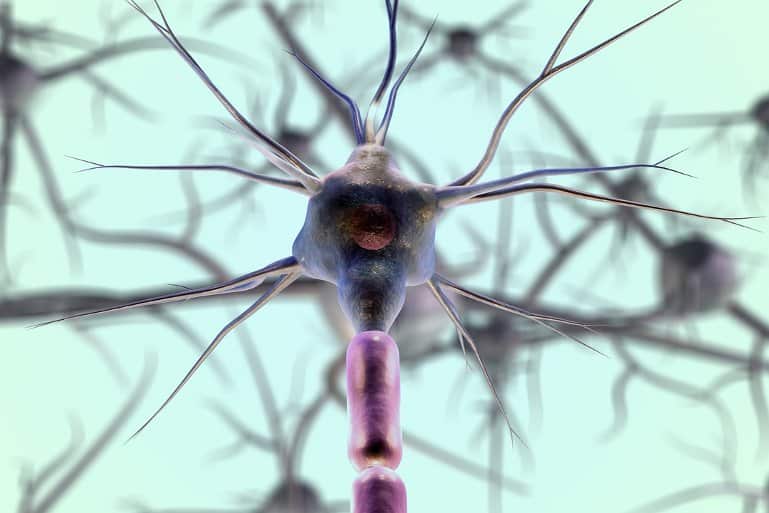
Summary: Using algebraic topography, researchers have created an algorithm that requires only a few examples to generate a large number of unique cells.
Source: EPFL
EPFL’s Blue Brain Project has found a way to use only mathematics to automatically draw neurons in 3D, meaning we are getting closer to being able to build digital twins of brains.
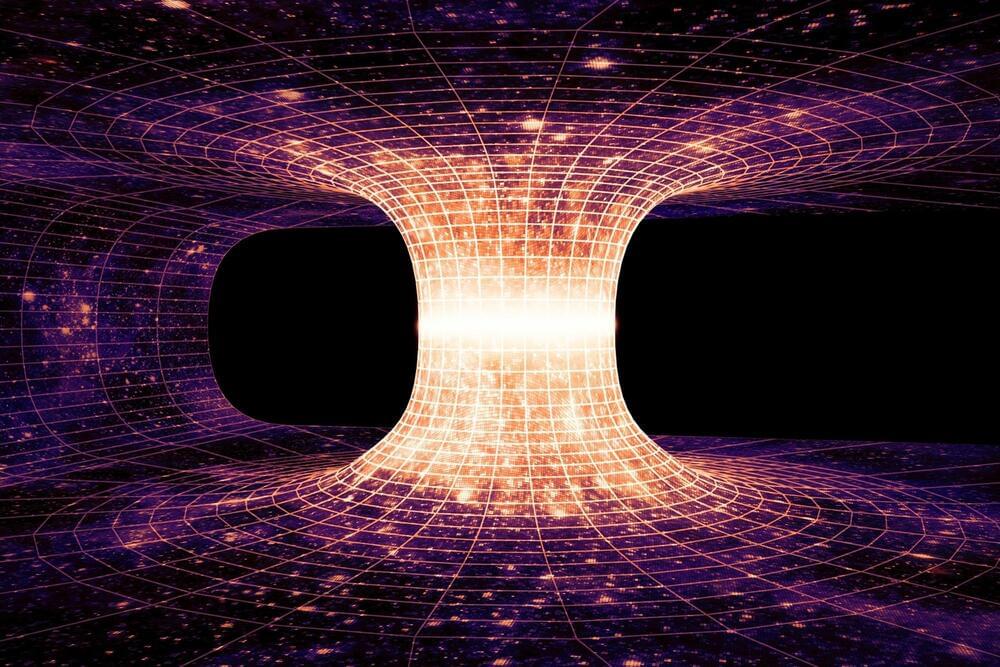
Quantum information theory: Quantum complexity grows linearly for an exponentially long time.
Physicists know about the huge chasm between quantum physics and the theory of gravity. However, in recent decades, theoretical physics has provided some plausible conjecture to bridge this gap and to describe the behavior of complex quantum many-body systems, for example black holes and wormholes in the universe. Now, a theory group at Freie Universität Berlin and HZB, together with Harvard University, USA, has proven a mathematical conjecture about the behavior of complexity in such systems, increasing the viability of this bridge. The work is published in Nature Physics.
“We have found a surprisingly simple solution to an important problem in physics,” says Prof. Jens Eisert, a theoretical physicist at Freie Universität Berlin and HZB. “Our results provide a solid basis for understanding the physical properties of chaotic quantum systems, from black holes to complex many-body systems,” Eisert adds.

TODAY’s Sheinelle Jones sits down with Nakia Boykin, the great-granddaughter of legendary NASA mathematician Katherine Johnson. Boykin shares how Johnson inspired her academically and the lasting legacy she left behind for generations. “I don’t know if I’m going to work at NASA or anything like she did, but math definitely will always be with me as I get older,” she says.
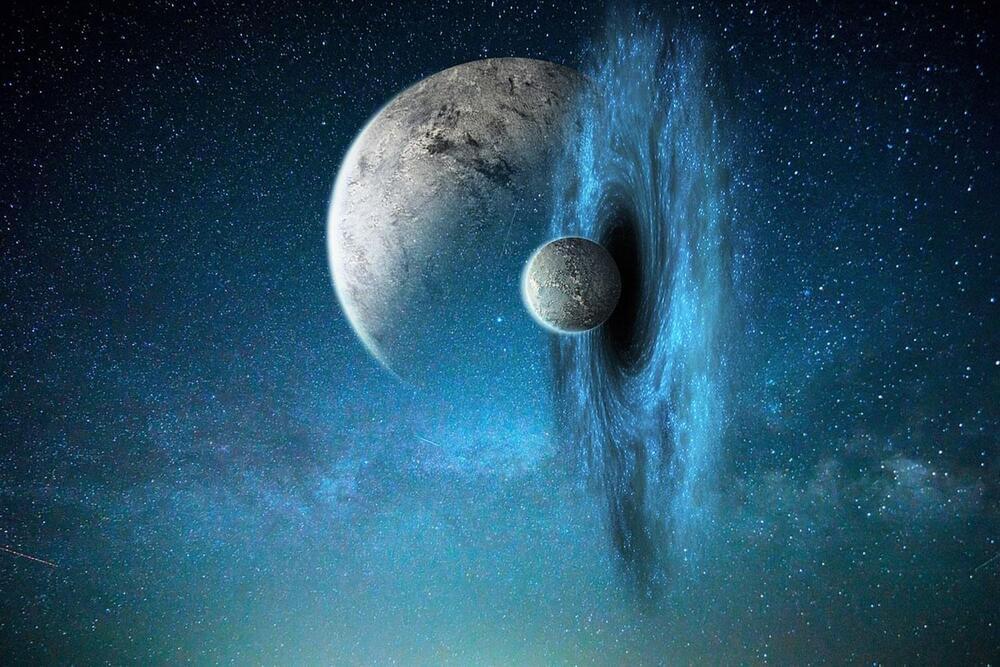

We — educators, scientists, psychologists — started an educational non-profit Earthlings Hub, to help out the kids, affected by the war. We talk to them about STEM, but also about the complexity of the world, philosophy of science, future, and existential risks. We also offer psychological help to their parents. Our advisory board includes NASA astronaut Greg Chamitoff, lead AI researcher Joscha Bach, Professor of Learning and Cognition, author of Netlogo language Uri Wilensky, lead early math educator Maria Droujkova and others. Please share, participate, donate! https://www.earthlingshub.org/